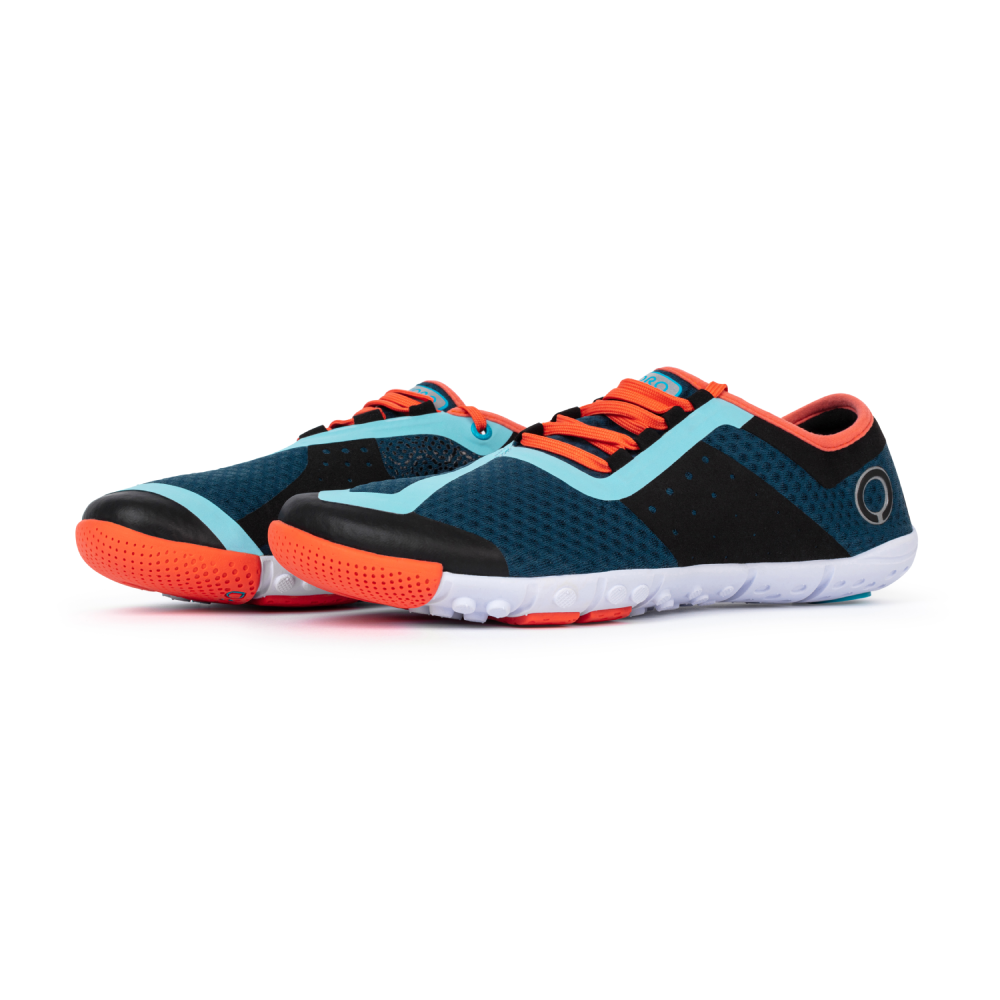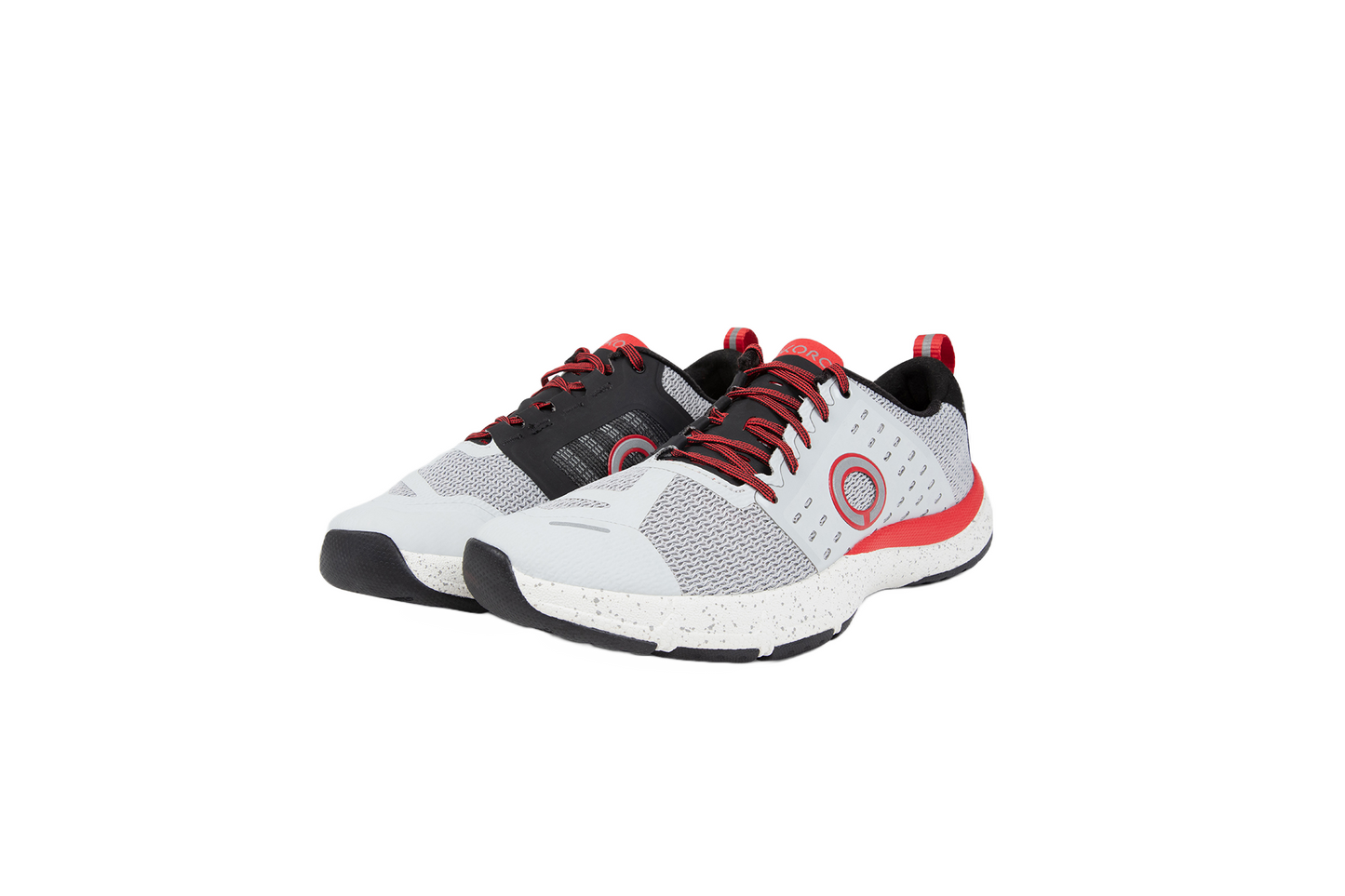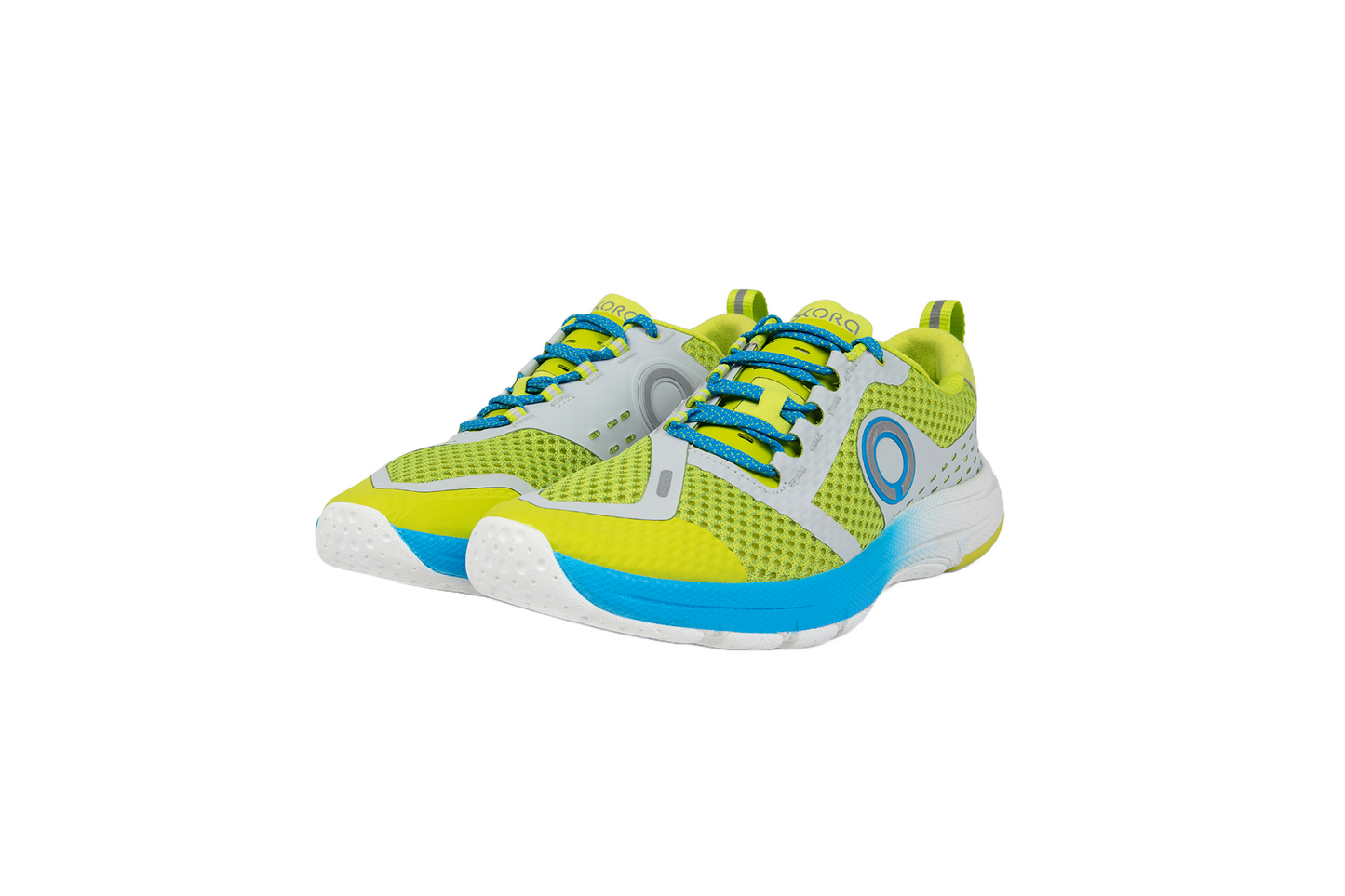

Here is a rough plan I give to my athletes after an event that includes at least 2-3+ hours at race effort.
Feel free to modify it to your own needs and how your own body feels. Please please please do not run with tight muscles. Doing this influences your entire run gait and risks injury.
Generally it is recommended that an athlete may require one day before another key workout for every mile at race pace. I think it’s a pretty decent recommendation.
It is important to recognize that even though you may feel ok, you’re not! 2+ hours at race pace is no longer a workout and may be more like a traumatic event for your body.
If you allow your body to recover properly, you hopefully will even benefit from the long race with some quality adaptation. However, if you push it, you are likely to injure yourself and potentially delay training even further.
- Days 1-7 Post Marathon
- Day 1 Rest / Walk
- Day 2 Rest / Walk
- Day 3 Rest / Walk
- Day 4 30-45 minutes cross training
- Day 5 EZ run of 20-40 minutes
- Day 6 Rest / Walk
- Day 7 30-45 minutes cross training
- Days 8-14 Post Marathon
- Day 8 EZ run of 30-60 minutes
- Day 9 15 minutes more of cross training than you ran yesterday
- Day 10 Same amount of cross training as the previous day
- Day 11 EZ hour run
- Day 12 EZ hour run
- Day 13 Same amount of cross training as previous
- Day 14 Rest / Walk
- Days 15-21
- Day 15 EZ hour-ish or longer with a few short 30 second strides during the run (we’re finally starting to wake up the legs again!)
- Day 16 EZ run, no strides, a bit shorter than yesterday
- Day 17 Similar to day 15
- Day 18 Rest/Walk
- Day 19 EZ hour with strides
- Day 20 EZ hour with strides
- Day 21 Rest/Walk
Now, you just completed the final week with 5 runs and some strides. You are at a point where you could start resuming more serious training and adding back in strength work.
Notes:
Cross training can be anything that is not going to fatigue you. Cycling, swimming, hiking, elliptical, gentle yoga, etc. Have some fun and maybe try something new!
Here is a rough plan I give to my athletes after an event that includes at least 2-3+ hours at race effort.
Feel free to modify it to your own needs and how your own body feels. Please please please do not run with tight muscles. Doing this influences your entire run gait and risks injury.
Generally it is recommended that an athlete may require one day before another key workout for every mile at race pace. I think it’s a pretty decent recommendation.
It is important to recognize that even though you may feel ok, you’re not! 2+ hours at race pace is no longer a workout and may be more like a traumatic event for your body.
If you allow your body to recover properly, you hopefully will even benefit from the long race with some quality adaptation. However, if you push it, you are likely to injure yourself and potentially delay training even further.
- Days 1-7 Post Marathon
- Day 1 Rest / Walk
- Day 2 Rest / Walk
- Day 3 Rest / Walk
- Day 4 30-45 minutes cross training
- Day 5 EZ run of 20-40 minutes
- Day 6 Rest / Walk
- Day 7 30-45 minutes cross training
- Days 8-14 Post Marathon
- Day 8 EZ run of 30-60 minutes
- Day 9 15 minutes more of cross training than you ran yesterday
- Day 10 Same amount of cross training as the previous day
- Day 11 EZ hour run
- Day 12 EZ hour run
- Day 13 Same amount of cross training as previous
- Day 14 Rest / Walk
- Days 15-21
- Day 15 EZ hour-ish or longer with a few short 30 second strides during the run (we’re finally starting to wake up the legs again!)
- Day 16 EZ run, no strides, a bit shorter than yesterday
- Day 17 Similar to day 15
- Day 18 Rest/Walk
- Day 19 EZ hour with strides
- Day 20 EZ hour with strides
- Day 21 Rest/Walk
Now, you just completed the final week with 5 runs and some strides. You are at a point where you could start resuming more serious training and adding back in strength work.

Notes:
Cross training can be anything that is not going to fatigue you. Cycling, swimming, hiking, elliptical, gentle yoga, etc. Have some fun and maybe try something new!
During this period of regeneration, none of these are workouts. They should be stimulating, but not fatiguing. Almost consider them warmups for a workout that never happens. Take them very very easy and relaxed. Don’t run with a GPS if that helps you slow down.
Sleep is one of the best methods of recovery.
If you feel like you should stop, stop. Walk home. End the session. That’s good advice for any workout at any time of the year, but especially important in the period of time after a marathon.
The listed run durations are just estimates. If you topped out at 40 miles a week during marathon training, you may want to reduce these times. If you topped out at 90 miles, you may be able to run a bit longer.
You May Also Like: Going the Distance / Do Compression Socks Work?


Subscribe to our newsletter & be entered into our monthly free shoe drawing!



